- 4295
- 0
Sharing Ideas and Updates on LPG in Nigeria and related information to enable effective collaboration within the LPG Value Chain
Building A Sustainable LPG Infrastructure For Nigeria's Energy Future.

Nigeria's energy landscape is witnessing significant changes, with the rising demand for cleaner and more accessible energy sources. Liquefied Petroleum Gas (LPG) has emerged as a promising alternative, offering numerous benefits such as reduced emissions, improved energy efficiency, and enhanced energy security. However, to fully harness the potential of LPG and ensure its widespread adoption, the development of a robust LPG infrastructure is crucial. Let’s explores the importance of LPG infrastructure and discusses key components necessary for its successful implementation in Nigeria.
The Importance of LPG Infrastructure
The establishment of a comprehensive LPG infrastructure is vital for promoting the use of LPG as a clean and efficient energy source. It enables reliable storage, transportation, and distribution of LPG to end-users, ensuring a steady supply of this versatile fuel. Additionally, a well-developed infrastructure facilitates the growth of the LPG industry, attracts investments, creates job opportunities, and contributes to the country's economic development.
Key Components of LPG Infrastructure
LPG Storage and Bottling Facilities: One crucial aspect of the LPG infrastructure is the presence of storage and bottling facilities. These facilities serve as hubs for receiving, storing, and distributing LPG to various end-users. Strategically located depots and terminals equipped with large storage tanks ensure a reliable supply of LPG, even during high-demand periods. At bottling plants, LPG is transferred to smaller cylinders or tanks suitable for household and commercial use, adhering to strict quality control and safety measures enforced by the NMDPRA.
Transportation Network: An efficient transportation network is essential for the smooth distribution of LPG from storage facilities to markets. This network may involve road tankers, rail transport, and specialized LPG trucks equipped with safety features. Well-maintained infrastructure and secure transportation ensure the timely delivery of LPG to different regions, including remote areas, enabling widespread access to clean cooking fuel.
LPG Filling Stations: The presence of a network of LPG filling stations or distribution points is crucial for end-users to conveniently refill their cylinders. These stations serve as retail outlets, equipped with dispensing units and safety mechanisms to ensure a safe and efficient filling process. Establishing a widespread network of filling stations enhances accessibility and encourages LPG adoption among households, businesses, and industries.
In Nigeria's pursuit of a sustainable energy future, the development of a robust LPG infrastructure plays a pivotal role. By investing in storage and bottling facilities, efficient transportation networks, and widespread filling stations, the country can ensure the availability, accessibility, and safety of LPG. This, in turn, promotes the use of LPG as a clean and efficient energy source, reduces reliance on traditional fuels, and contributes to the country's economic growth and environmental sustainability. Embracing LPG infrastructure development is a step towards building a brighter and greener future for Nigeria.
Of course, we will love to hear from you, especially if you think we missed something!




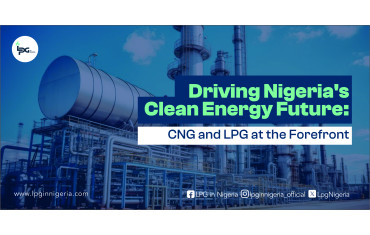
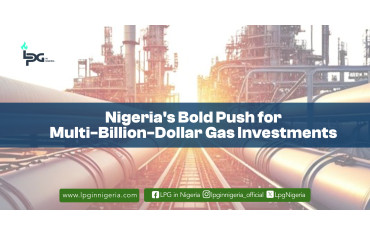
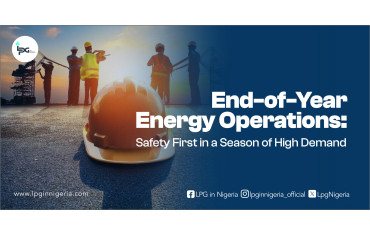
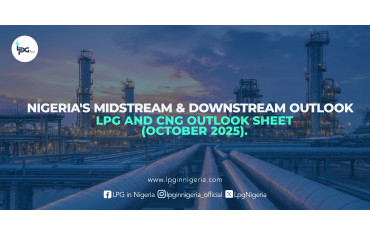


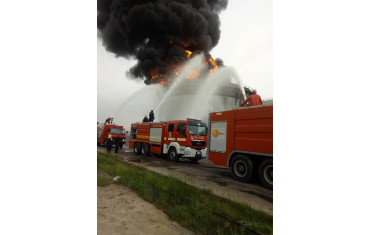
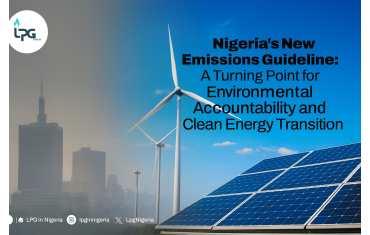
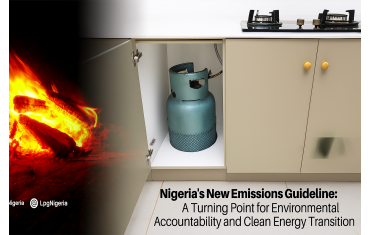
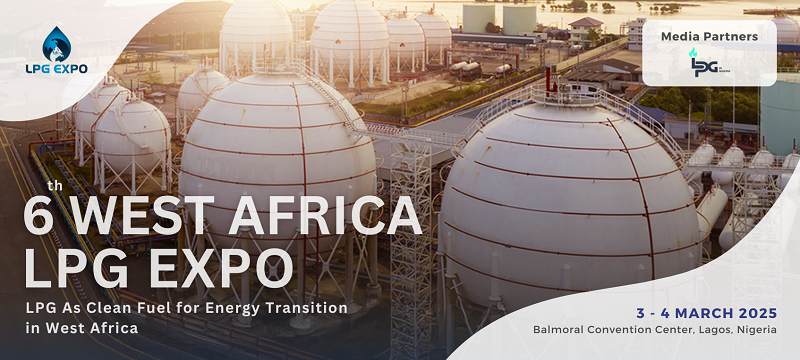

0 Comment.